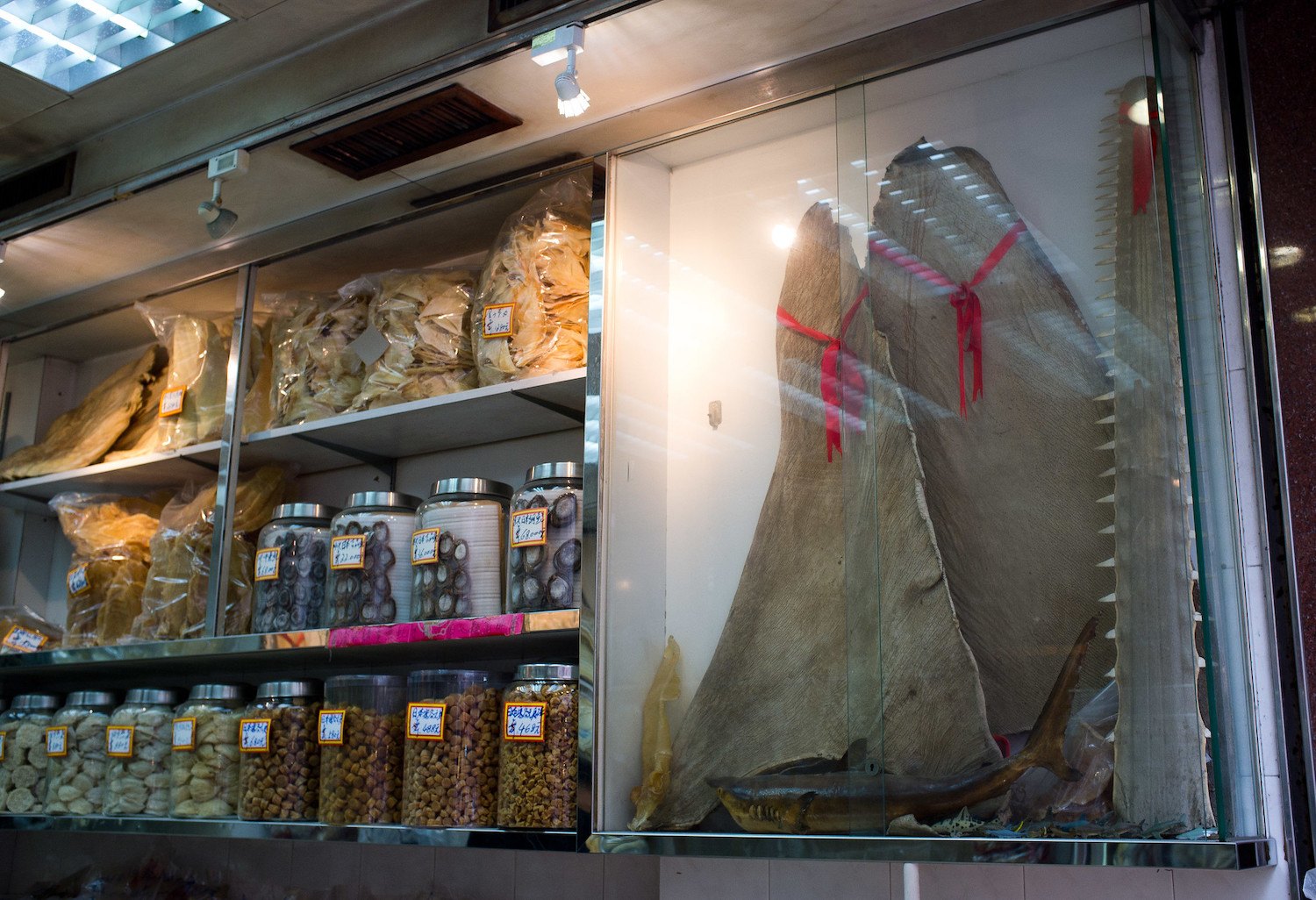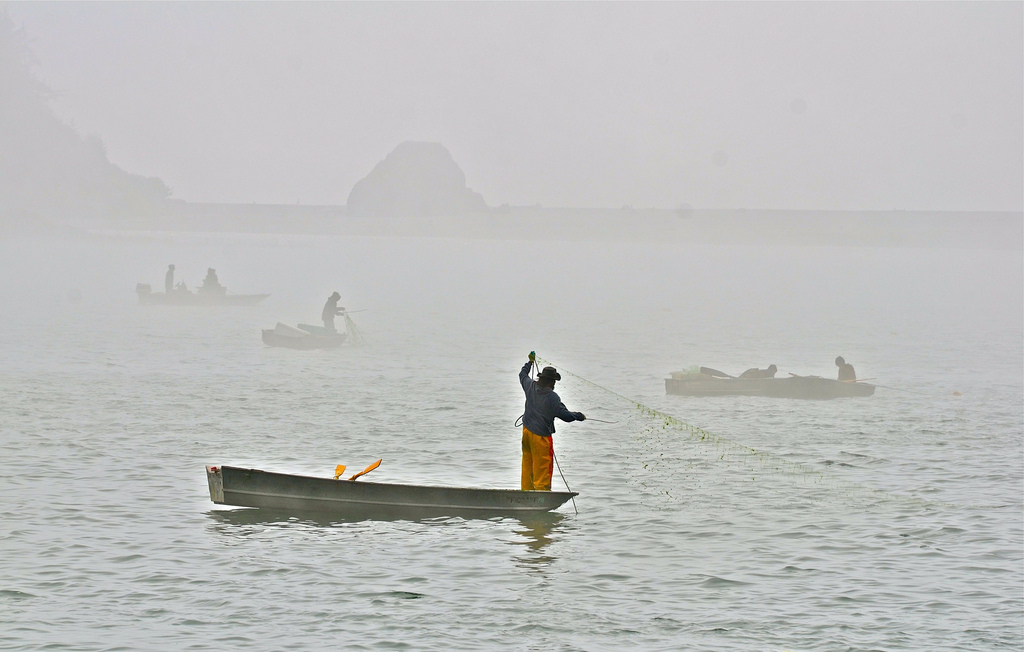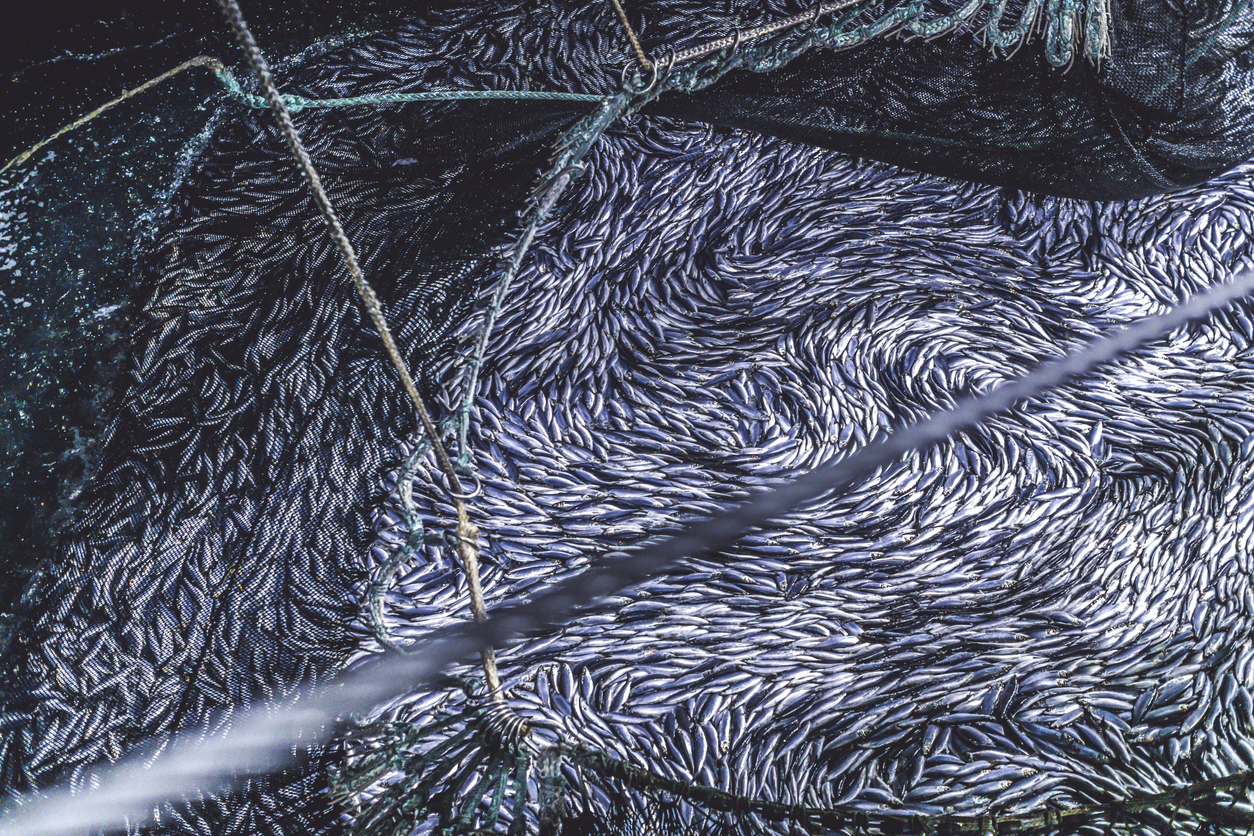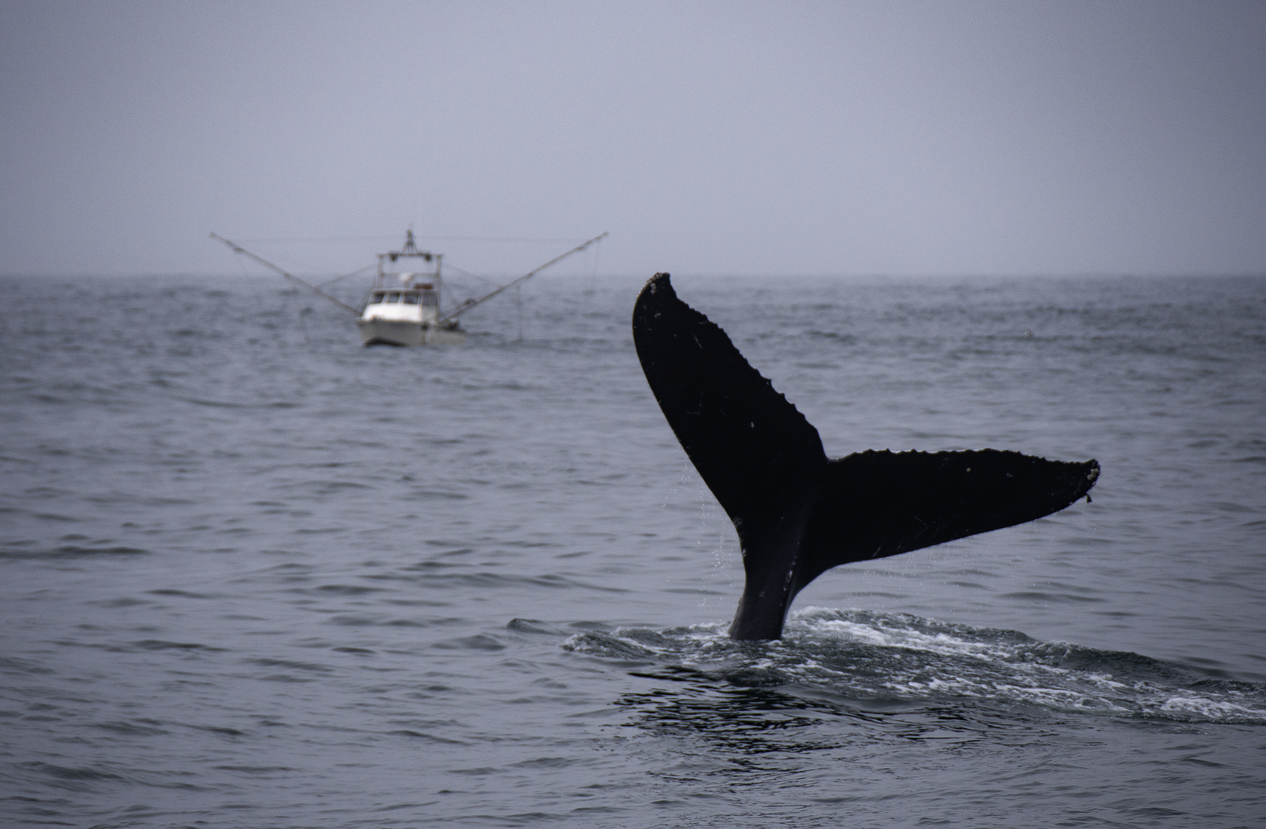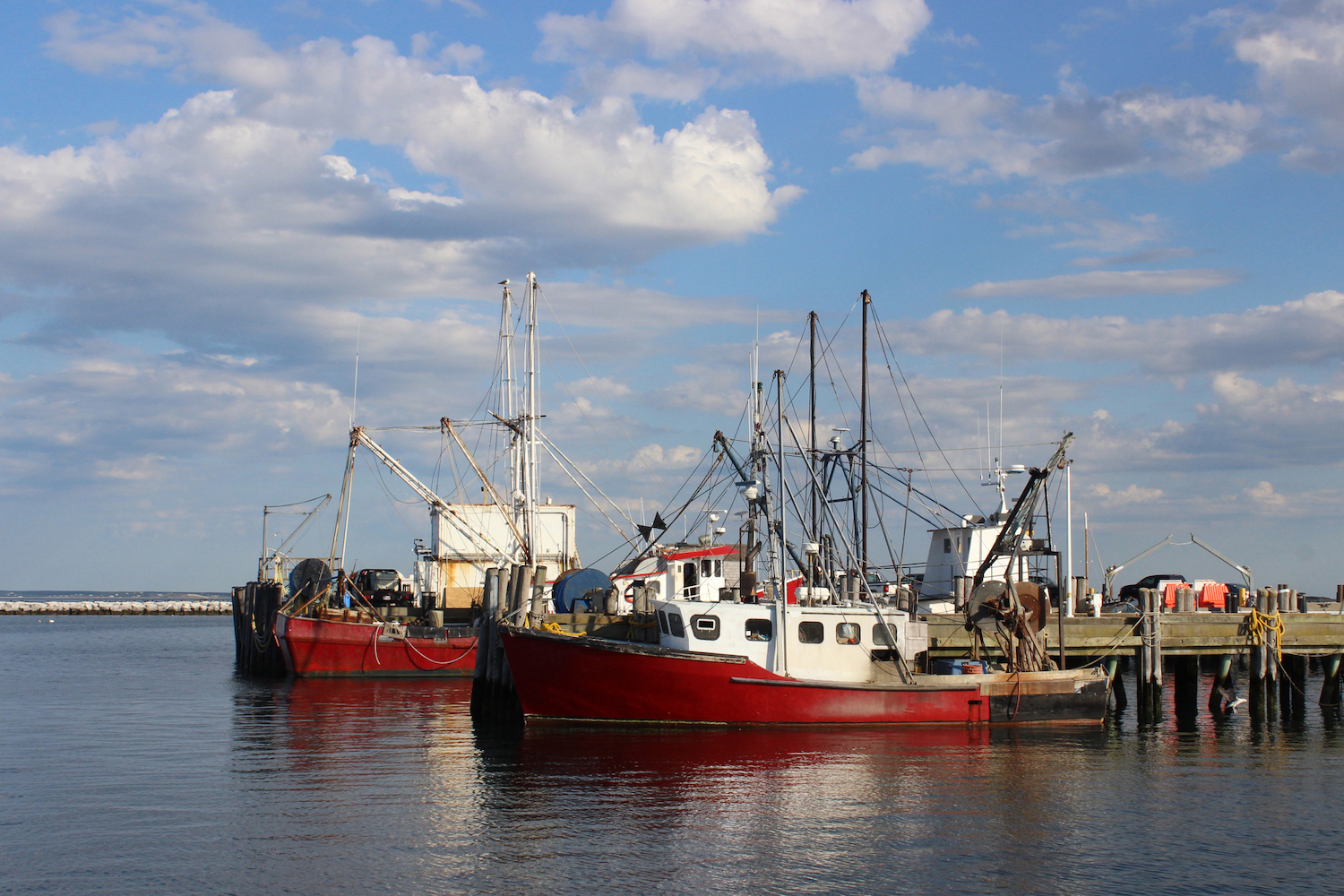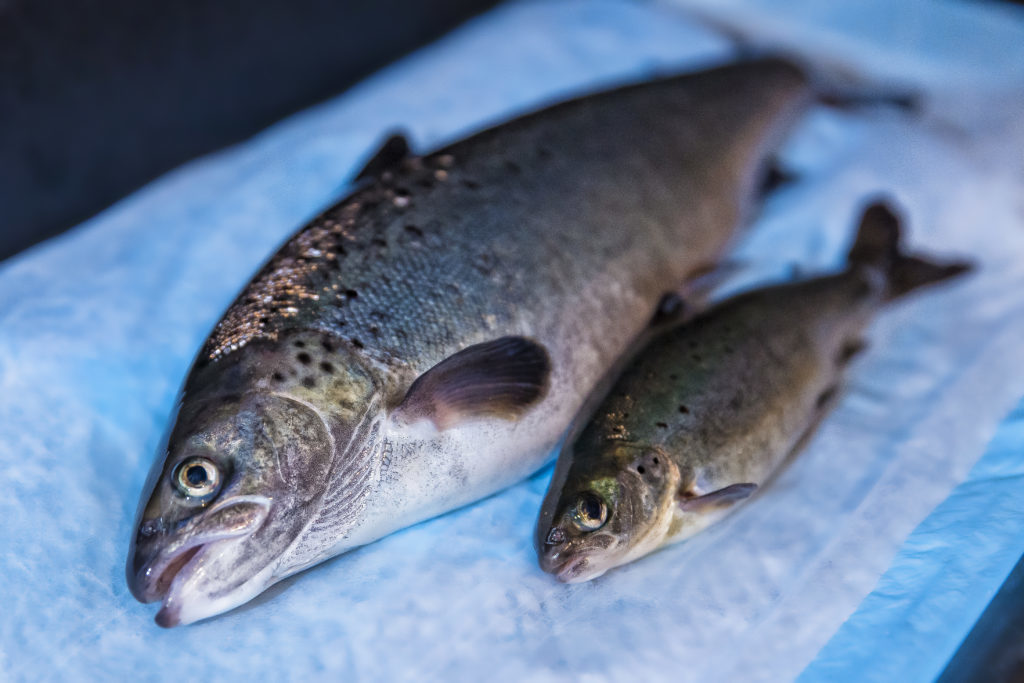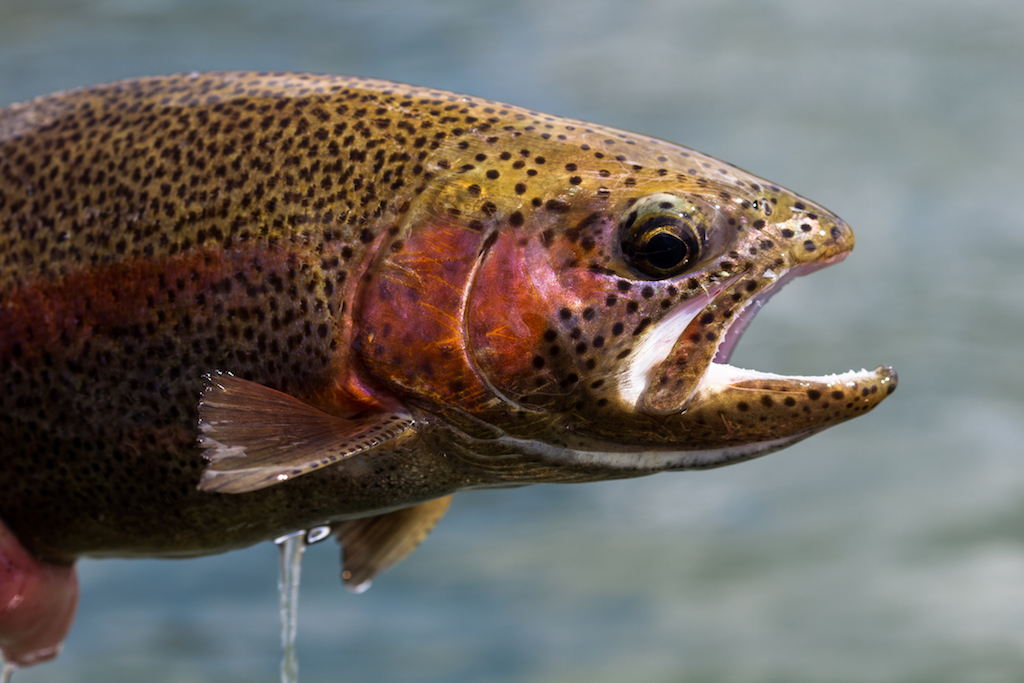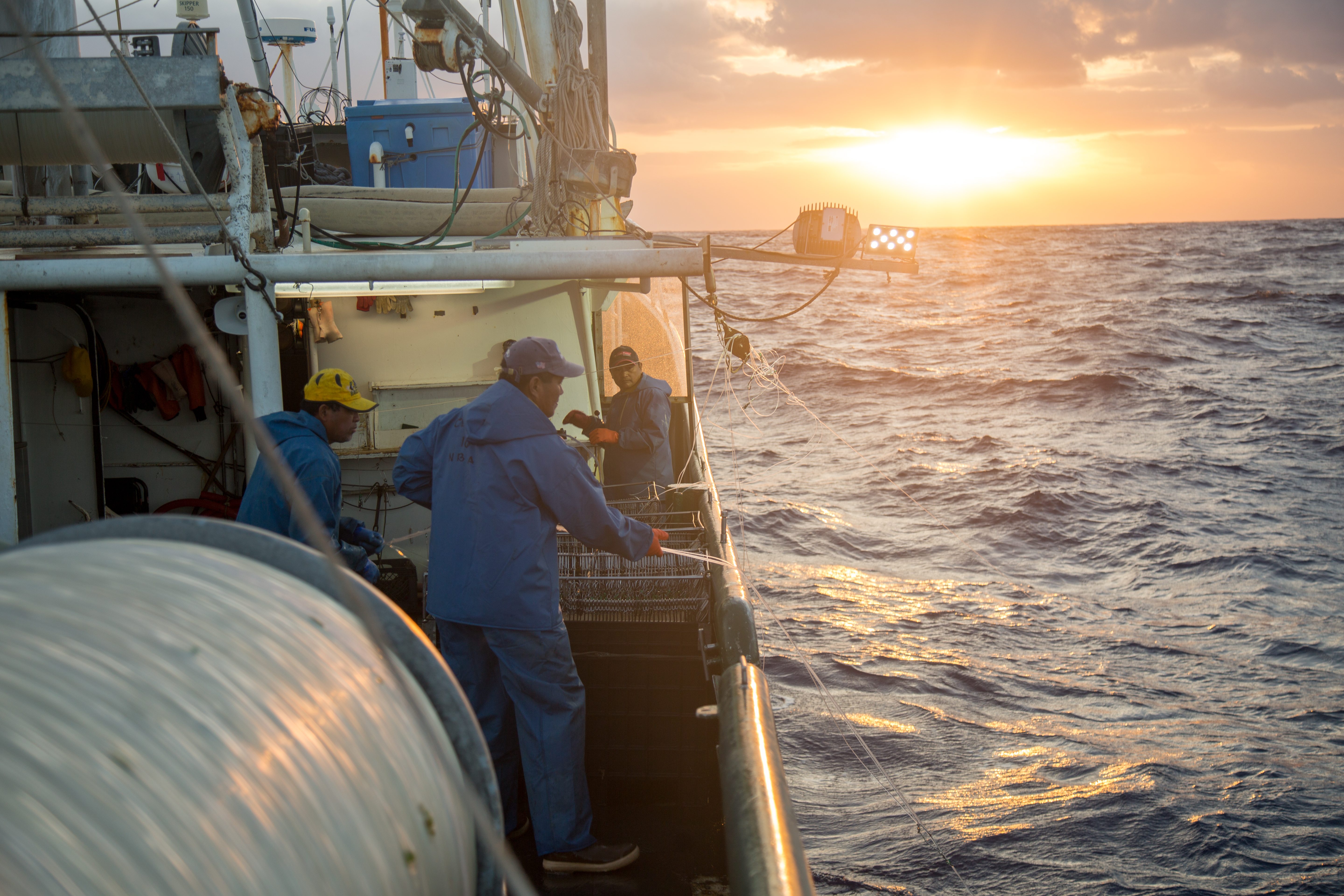
Caleb McMahan, Hawaiian Fresh Seafood
President Obama created some of the world’s largest protected marine reserves, a decision long protested by the fishing industry. Yet some are hopeful that these no-fishing zones may actually help fishermen in the long run.
In the middle of the Pacific, about half way between Asia and North America, there’s a swath of ocean twice the size of Texas, virtually untouched by people. Many researchers see it as one of the last pristine havens for tropical Pacific wildlife, a living relic of what oceans looked like before the era of industrial fishing. In the sky above it cruise dozens of rare birds—among them a storied Laysan albatross named Wisdom, one of the oldest birds in the world. Under water thrives a vibrant community of fish, whales, dolphins, turtles, threatened Hawaiian monk seals, as well as some of the oldest animals on Earth, such as Leopathes annosa, a species of deep-sea black coral that can live up to 4,000 years.
This place is called Papahānaumokuākea (pronounced “Papa-ha-now-moh-koo-ah-kay-ah”), and it’s a U.S. marine national monument. Originally created under President George W. Bush, its size was quadrupled by Barack Obama in August 2016. Today the area encompasses more than half a million square miles of underwater wilderness—larger than all the country’s national parks stuck together—wrapping around seven mostly uninhabited islands and atolls known as the Northwestern Hawaiian islands. Along with Obama’s earlier decisions to expand a handful of other marine reserves—among them the Pacific Remote Islands national monuments near Hawaii—he doubled the planet’s no-fishing area. And in doing so, he sealed off the bulk of U.S. territorial waters around Hawaii to all extractive industries, including oil exploration, mining, and fishing.
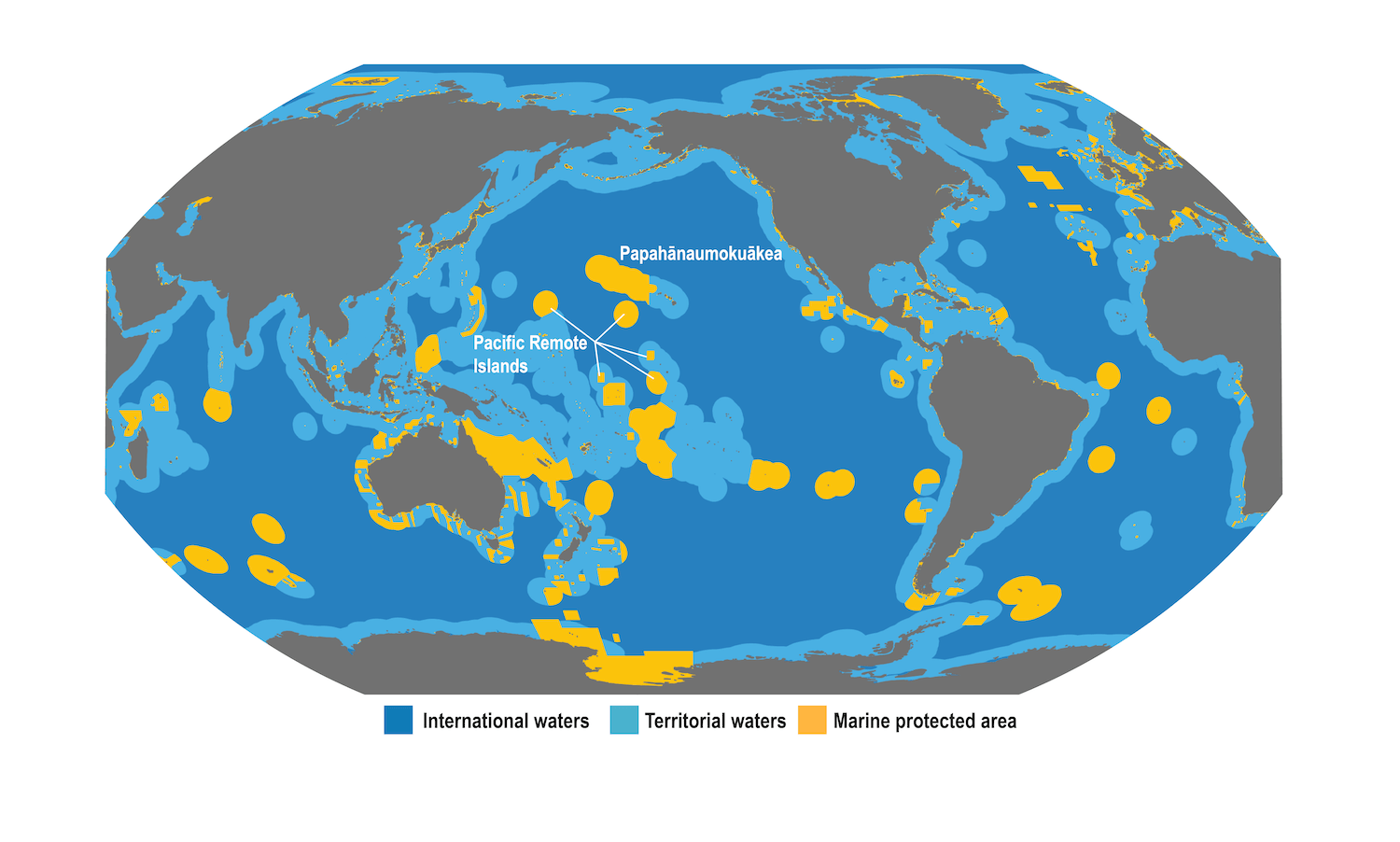
As of Earth Day 2020, 7 percent of our planet’s oceans—or 10 million square miles—are designated as marine protected areas, with varying degrees of protection.
Katarina Zimmer
The expansions did not sit well with the local fishing industry. The Western Pacific Fishery Management Council (WESPAC), a quasi-governmental organization that manages fishing in American waters around Hawaii, was particularly vocal. In a 2016 letter to Obama, WESPAC claimed the expansion would take away critical fishing ground from Hawaii’s longline fishing fleet, which catches tuna and swordfish using long lines carrying hundreds of baited hooks, and supplies locals with fresh seafood. The expansions would cost fishermen $10 million, and the Hawaiian seafood market around $30 million in lost revenue, they argued.
Similar situations are playing out around the globe as governments virtually fence off vast areas of ocean in an effort to preserve our planet’s dwindling marine biodiversity and save collapsing fish populations. In many places, the arguments are the same: fishermen say their bottom line will suffer, while conservationists insist that protecting the seas shouldn’t hinge on the impact on fishermen. Others, meanwhile, say that there needn’t be such a divisive conflict between conservation and industry, pointing to other fishing communities that, far from suffering from the creation of nearby marine reserves, ended up prospering when fish populations rebounded and spilled over into fishing grounds.
Now, a few years after Obama’s expansions, researchers are beginning to investigate their impact on the Hawaii longline fishery. Their findings reveal a complex picture, suggesting that the fisheries’ claimed losses are way off target, while leaving questions about the long-term impact of one of the largest protected areas in the world.
—

Modern industrial methods have allowed fishermen to harvest many fish populations much faster than they can regenerate
James Watt/USFWS – Pacific Region/FlickrThe idea of marine protected areas—patches of ocean that are taboo for people—goes back centuries. In fact, some have suggested that the word “taboo” first entered the English language in the 1800s when the explorer Captain James Cook picked up the concept of waitui tabu from Polynesians in the South Pacific: On certain days or in certain locations, fishing was tabu, to allow fish stocks to replenish after overfishing.
However, it took Western societies some time to realize that marine life could use a break from people. It was only when the fish stocks began to collapse in the late 18th and early 19th centuries—like sturgeon and haddock in the North Sea—that we began to sense that the bounty of the sea was not inexhaustible, as was long believed. Modern industrial methods have allowed fishermen to harvest many fish populations much faster than they can regenerate. As a result, fishermen across the globe are catching less seafood than they used to decades ago, despite traveling farther and farther to find them, says Daniel Pauly, a prominent fisheries biologist who heads the University of British Columbia’s Sea Around Us initiative, which studies the effect of fisheries on marine ecosystems. “The catch of the world is declining—that’s an indication that something is fundamentally wrong,” he says.
Over the past century, governments and non-profits have started to virtually fence off areas of the ocean to help fish populations rebuild as well as protect marine ecosystems from extractive activities more broadly, and the area of protected sea has been steadily climbing. In 1970, the world had less than 120 marine reserves, while today there are well over 15,000. The relatively recent creations of giant mega-reserves, like those protecting the Ross Sea around Antarctica and several islands in the Pacific, as well as Papahānaumokuākea, have brought the proportion of protected ocean on Earth to just above 7 percent. Some organizations are even pushing for 30%.
“Fish are a public good. And they must be managed for the public good, not only for the interest of fishers, and especially not when they don’t even benefit from their mode of exploitation.”
However, “the fishing industry pretty well everywhere in the world sees a number of [governments and] NGOs as simply trying to close down the oceans to fishing—that’s the nature of their opposition,” remarks Ray Hilborn, a professor specializing in fisheries management at the University of Washington and a scientific advisor to WESPAC. The organization argues it will cause some of their members economic harm, while also unfairly taking away their authority to regulate an ocean resource. In their view, setting limits on when and how much fishermen can catch are more effective ways of managing fish stocks sustainably. WESPAC has continued its quest to have the monument expansions removed since Donald Trump took office, reportedly under the slogan “Make America Great Again: Return U.S. fishermen to U.S. waters.” Whether the Trump administration will ever act on the council’s demands isn’t clear.
To Pauly, on the other hand, rampant overfishing around the world is a sign that fisheries management organizations have failed in protecting a resource that belongs to the public, and it is long overdue for higher powers to step in. “[Fish] are a public good. And they must be managed for the public good, not only for the interest of fishers, and especially not when they don’t even benefit from their mode of exploitation.”
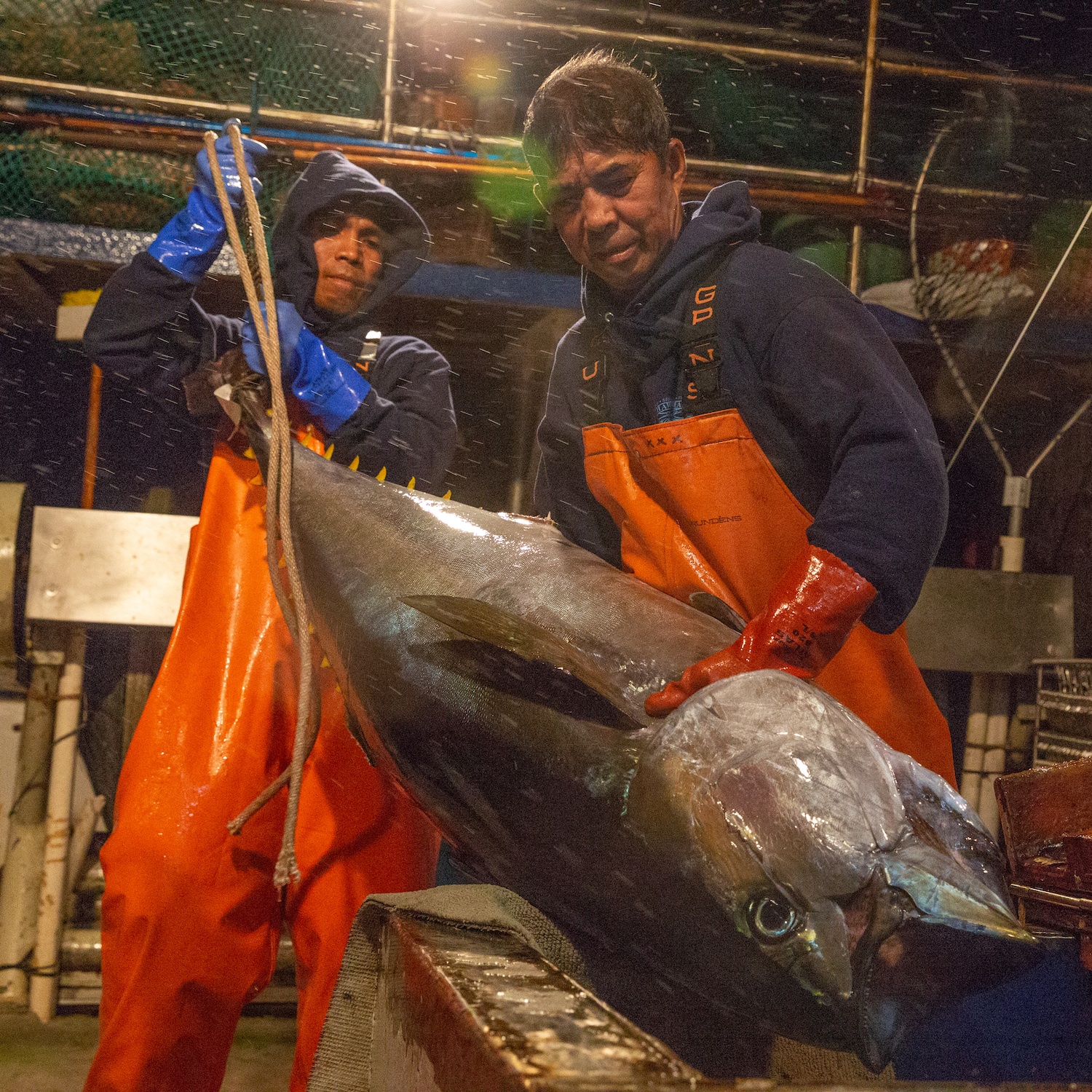
Caleb McMahan, Hawaiian Fresh Seafood
Fishermen in Hawaii have protested that protected marine waters deprive them of income opportunities.
Some see a middle ground between industry and conservation. Science suggests that the creation of a marine reserve is often not detrimental to fishermen. Far from it, some studies demonstrate that, providing that reserves are well-protected from fishermen—which is a big if—they can sometimes result in benefits to fishermen. That happens when fish that would otherwise be caught will grow old and reproduce. Of particular importance are what scientists kindly call Big Old Fat Fecund Females (BOFFFs), which produce lots of eggs. Once the fish reach a certain density, they will start to venture outside of the reserve, where they can be caught by fishermen. Such “spillover benefits” for fishing communities have been observed in the Mediterranean, Mozambique, Australia, and also in Fiji, where the tabu system has been revived.
While this phenomenon has been well-documented for near-shore reserves, where most fish tend not to stray very far from the protected areas, there’s no consensus on whether this applies to giant reserves in the open ocean, like Papahānaumokuākea. Some doubt whether the reserve will even help protect tuna and swordfish, species that cruise hundreds of miles across the ocean, moving in and out of the monument’s boundaries—all the reserve will do is force fishermen to travel farther to fish, they say. What the effect of the reserve on fisheries ultimately is, and whether it are largely negative or positive, is a “burning question,” says Kristina Börder, who studies large marine protected areas and fisheries at Canada’s Dalhousie University.
—
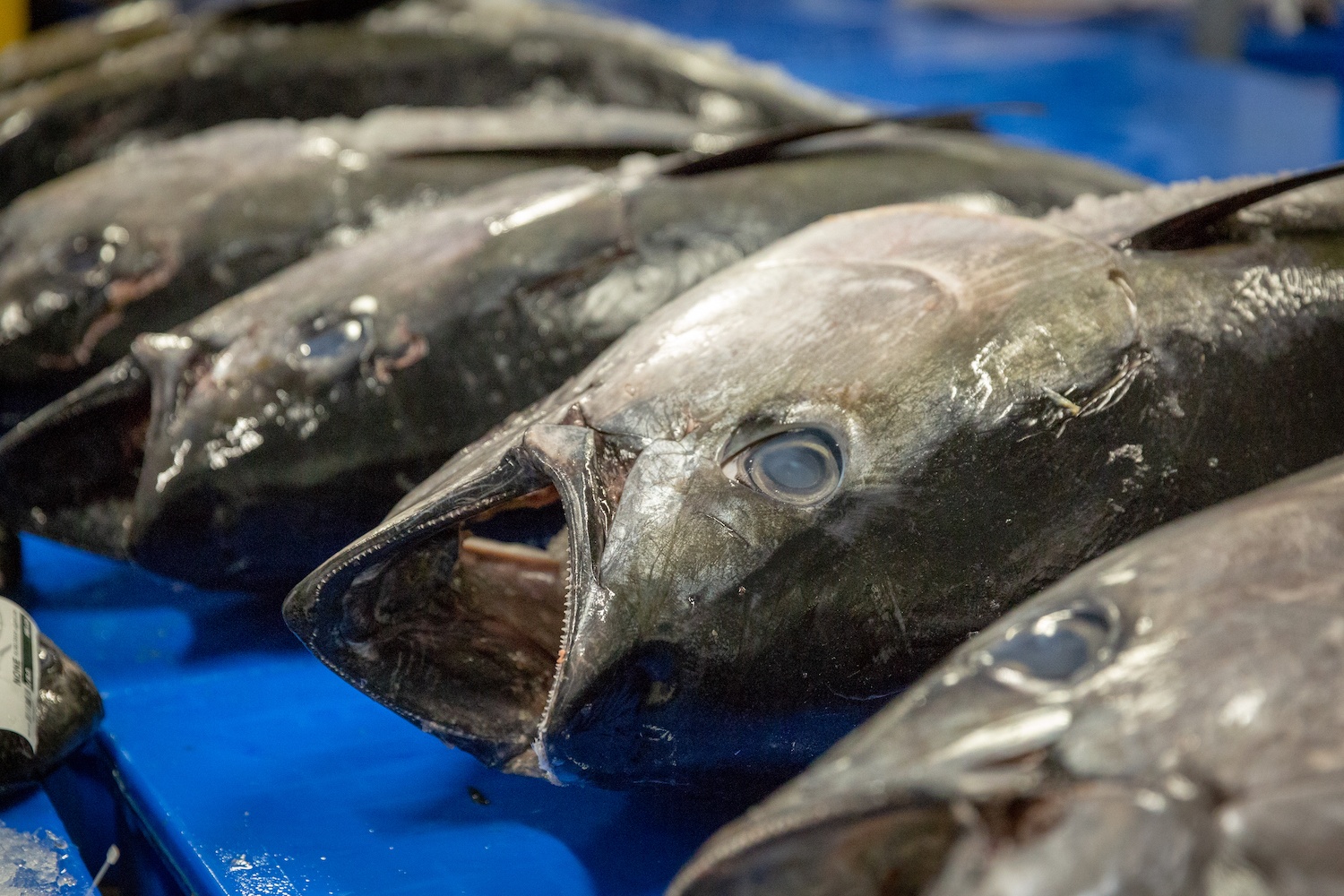
Pacific Ocean line fishermen rely on bigeye tuna and other large breeds for their income.
Caleb McMahan, Hawaiian Fresh Seafood
Now, a few years after Obama’s expansions of the reserves, researchers have started to document the effect on the Hawaiian longline fishing industry. Earlier this year in the journal Nature Communications, a team of U.S. researchers determined that the industry’s dire predictions do not hold water. Based on an extensive analysis of catch data collected by independent fishery observers, and ship-tracking satellite data, they concluded that American fishermen have actually been catching more bigeye tuna—the most economically important species in the region and prized for sashimi—since the expansions of Papahānaumokuākea and the Pacific Remote Islands monuments. The study was indirectly funded by Pew Charitable Trusts, a non-profit that has advocated strongly for the monument expansions.
One explanation for the finding is unrelated climatic conditions: The expansions happened to coincide with a good year for tuna breeding. But even when the researchers used statistical methods to subtract the effect of those climatic changes, they found that the monument expansions alone had “little, if any” negative impact on the fishery—a finding that surprised John Lynham, an economist at the University of Hawaii and co-author of the study. “To me, it’s kind of shocking that there aren’t huge negative economic impacts from protecting that large of an area,” he says. One reason for this, he found, is that the 140-boat strong Hawaii longline fishing fleet only spent a small proportion—around 10% or less—of their work operating in the now-protected waters, he says.
To fishermen, the study masks the fact that the expansions have come at significant immediate costs to some of them. Another recent study in Marine Policy, this time based on confidential logbook data, took a look at the subset of fishermen who were working in the now-protected areas of Papahānaumokuākea. Its findings suggest that for the first 16 months after the expansion, those fishermen had to travel farther to fish—their revenue per trip decreased by 9 percent, incurring potential costs of $3.5 million (in a fishery that collectively pulls in about $100 million per year).
“It’s somewhat disappointing that this large swath of what can be very productive ocean is unavailable to a well-regulated and managed fishery.”
Sean Martin, the president of the Hawaii Longline Association, owns five commercial fishing boats which often used to make the 900-mile-or-more journey from Honolulu to the nearest of the islands in the Papahānaumokuākea monument, or to the southwest towards one of the Pacific Remote Islands monuments. He says having the flexibility to go there was important, because the fish are nomadic. Finding them requires careful tracking of ocean temperatures, water currents, and krill concentrations, and is already a gamble. With a sizable area now made inaccessible, he’s now had to travel “oftentimes further in distance than it would have been if we could access the Papahānaumokuākea monument,” he says.
To Martin, a particularly frustrating impact of the monument expansion is that, because the monument now encompasses the entire 200-nautical mile bubble around the islands, there are hardly any U.S. waters to fish in, pushing him and others out onto the high seas, where they now have to compete with foreign fishing fleets to catch tuna. “83% of our U.S. [territorial waters] around Hawaii are prohibited from longline fishing,” he says. “It’s somewhat disappointing that this large swath of what can be very productive ocean is unavailable to a well-regulated and managed fishery,” he says.
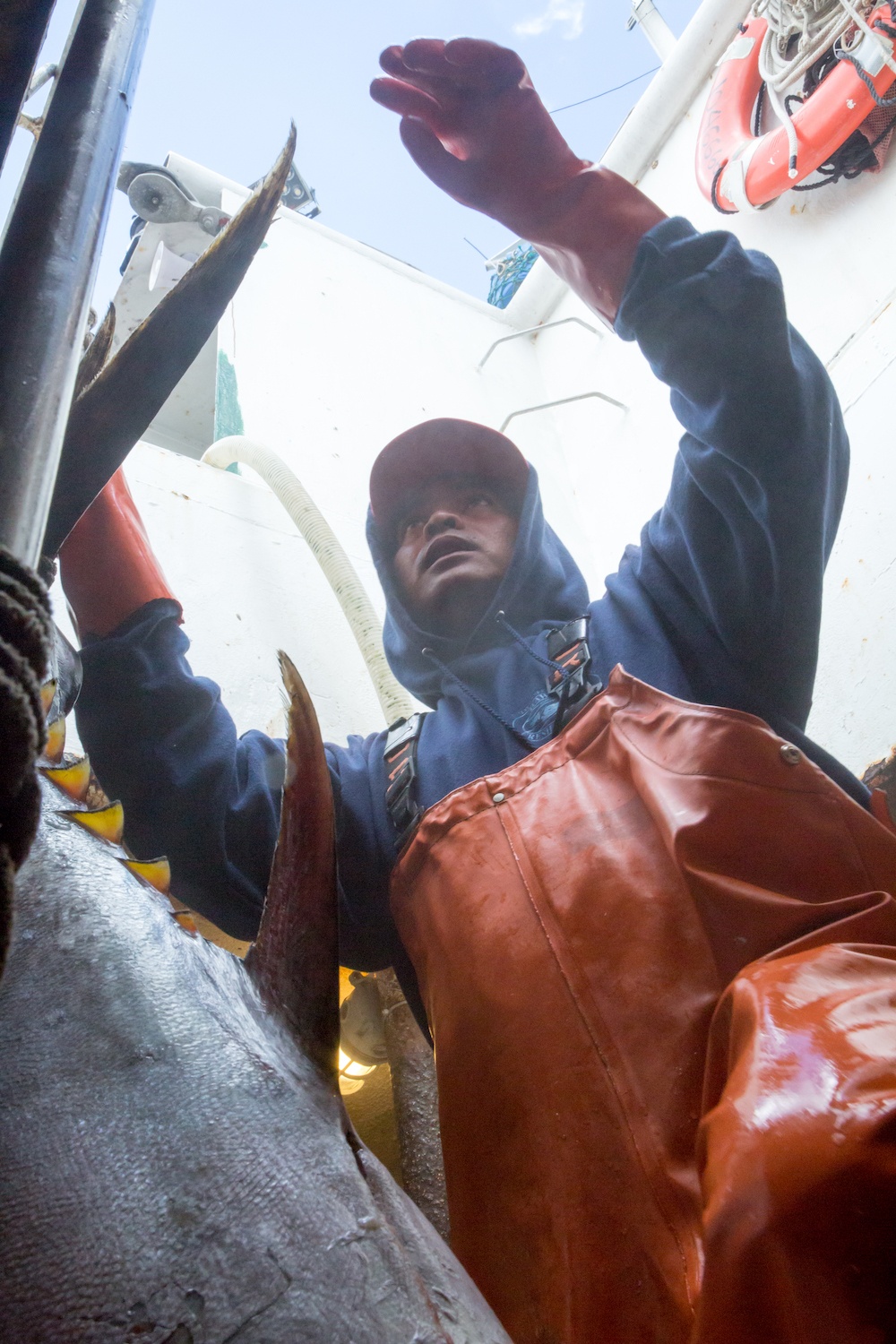
Caleb McMahan, Hawaiian Fresh Seafood
Fishermen across the globe are catching less seafood than they used to decades ago, despite traveling further and further to find them.
Others agree that the Marine Policy study more accurately describes the expansions’ impact on fishermen than Lynham’s study. “There absolutely is a cost, and it’s being borne by those operators that did take advantage of those areas—like we did, our small fleet,” says Caleb McMahan, director of media and marketing at Hawaiian Fresh Seafood, a Honolulu-based wholesale fish house that operates a five-strong fleet of longline fishing vessels and ships most of the catch to the U.S. mainland. His company’s vessels used to fish frequently in what is now the Papahānaumokuākea reserve.
But together with a recent change in federal law that meant he couldn’t sell certain bycatch to his customers on the U.S. mainland anymore, the monument expansion made the bottom line of his business less profitable. Ultimately, he decided to leave Hawaii altogether and is now in the process of launching a new operation out of San Diego. “From our perspective, it’s a death-by-a-thousand-cuts situation. No, the monument expansion hasn’t ruined us as a fishing [operation].” But taken together with other top-down regulatory measures, it’s starting to feel like “a losing battle,” he says. “We’re losing ground and it makes operating more difficult.”
It will likely take time for those fishermen to adjust to the expansions, notes Hing Ling Chan, a senior fisheries economics specialist at the University of Hawaii’s Joint Institute for Marine and Atmospheric Research who was contracted by NOAA to conduct the Marine Policy study, in an email. “In the longer term, when longline fishers find productive fishing areas outside the monument, they will likely become more efficient and the negative economic impacts have the potential to decline,” she adds.
—
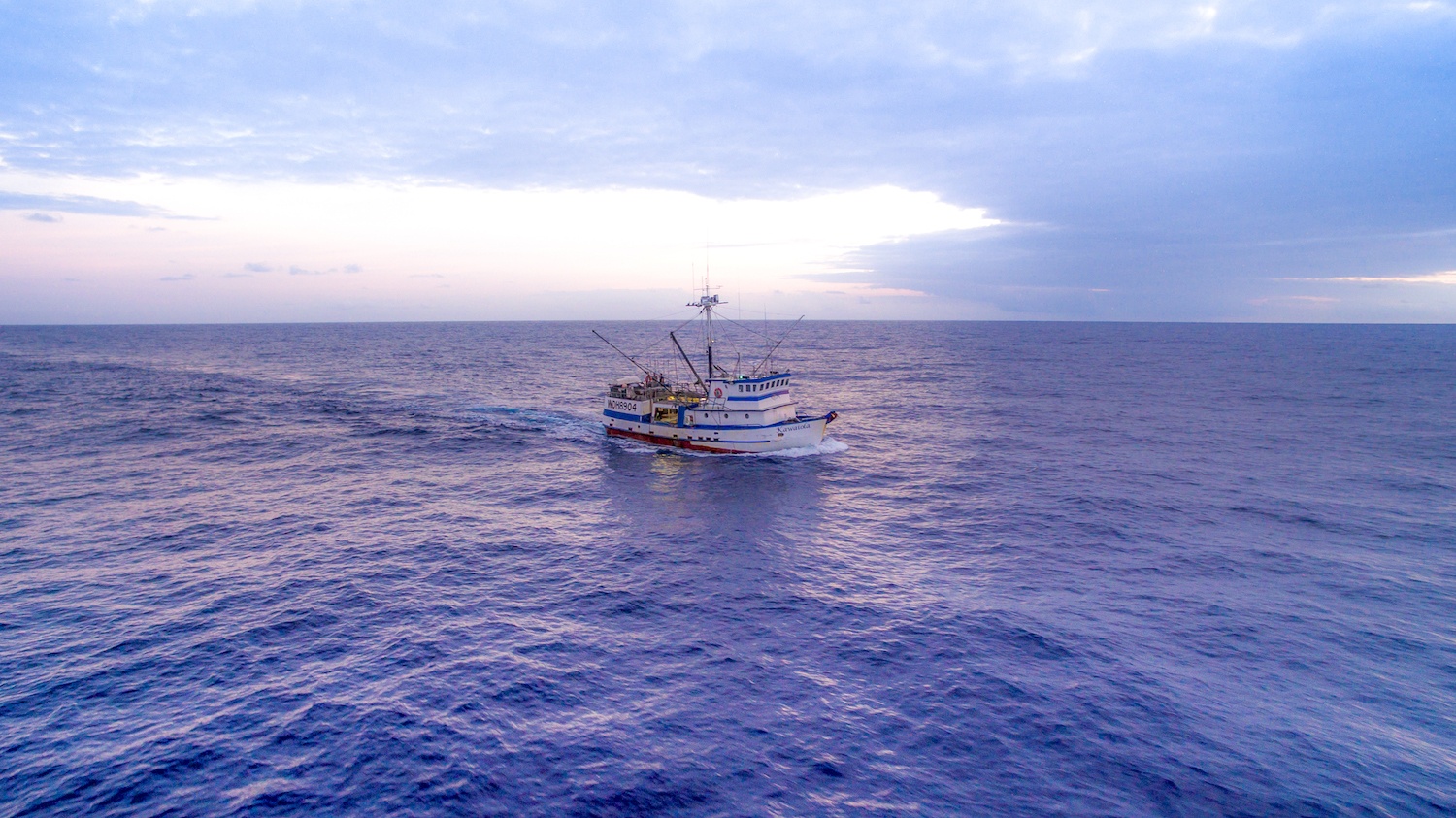
Time will tell if marine preserves actually help fishermen in the long run.
Caleb McMahan, Hawaiian Fresh Seafood
Though the negative impacts may lessen over time, the jury’s still out on whether the fishery could someday experience benefits from the expanded protections of the monuments—“It can take up to two or three [times the reproductive] lifespan of the fish species in question until you see impacts,” which could mean decades for tuna, Börder explains.
To Hilborn, the idea that the Pacific marine reserves could ever benefit fishermen is preposterous. He questions whether the reserves would even protect the species that longline fishermen harvest, because so few vessels operated in the now-protected areas to begin with, and the bigeye tuna populations there are relatively stable. “The conservation movement has gotten behind the idea that you’re going to save the oceans by closing large areas to fishing and what they’re doing is closing large areas that aren’t being fished, so it’s not going to have any impact on the status of fish in the ocean,” he says. “It’s really just a paper publicity exercise in terms of promoting ocean conservation.”
Another reason why the reserves could be useless in protecting local fish stocks is a simple one: Tuna and swordfish are nomadic creatures, always tracking an underwater landscape of currents, ocean temperatures, and plankton—and so too are the fishermen who roam the seas in pursuit of them. The fish will simply be caught elsewhere, Hilborn says. The reserves would be akin to fencing off a small patch of woodland to protect caribou, which then migrate hundreds of miles toward the Arctic. “There’s this enormous movement for marine protected areas that has built this mythology around how effective they are, and it simply doesn’t stand up to scrutiny,” he says.
Because the fates of different species in ecosystems are intertwined, each one depending on the other, protecting the system as a whole may well help its ability to withstand future threats like climate change.
Pauly, however, has no doubt that the fishery around the monuments will prosper in the years to come. While it’s true that migratory fish move around a lot, there are always some less-adventurous individuals that hang around largely in the same place—the “lazy ones,” he explains. And like many traits in nature, that “lazy” characteristic will pass on to their offspring, some of his research suggests. Ultimately, the reserve could become populated with lazy BOFFFs, which then lay eggs that grow up into more lazy BOFFFs, producing masses of young tuna. Then, “at the outer border of this marine reserve, you can catch the spillover fish,” Pauly says.
“Lazy fish are probably going to be more of an exception [than the norm], but only time will tell,” says Börder. Also importantly, part of the Pacific Remote Islands monument protects areas where bigeye tuna are known to spawn. Because aggregations of spawning fish are sometimes targeted by fishermen, protecting those grounds could boost tuna populations, Börder notes. Pauly adds that the value of the monuments could increase in the future as climate change pulls certain tuna species from the equator northwards into the bounds of the monument.
Meanwhile, others note that the purpose of the monuments is not to support industry by protecting commercial fish species—rather it is to protect diverse ecosystems in their entirety. “Ecosystems are not just tuna and swordfish, but they’re also mola mola. They’re whales and dolphins and manta rays. They are sea turtles, seabirds. All kinds of fish species,” says Matt Rand, who directs the Pew Charitable Trusts’ marine conservation program. Because the fates of different species in ecosystems are intertwined, each one depending on the other, protecting the system as a whole may well help its ability to withstand future threats like climate change—in fact, that’s one of the reasons Obama cited when he signed off on the monument expansions.
How the tuna and swordfish cruising through the Papahānaumokuākea and the Pacific Remote Island national monuments fare in the years to come will depend on many factors: how lazy they are, how many BOFFFs thrive in the coming years, and how they and their tropical ecosystem will fare under climate change. What their fate will mean for fisheries, is an experiment in the making.

